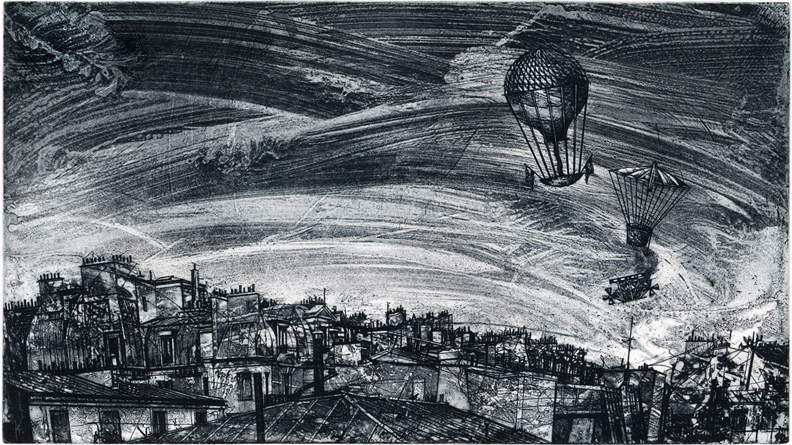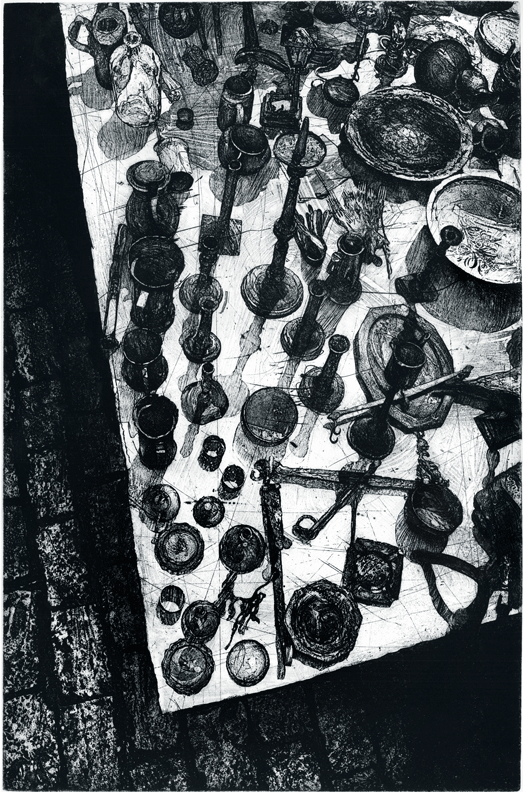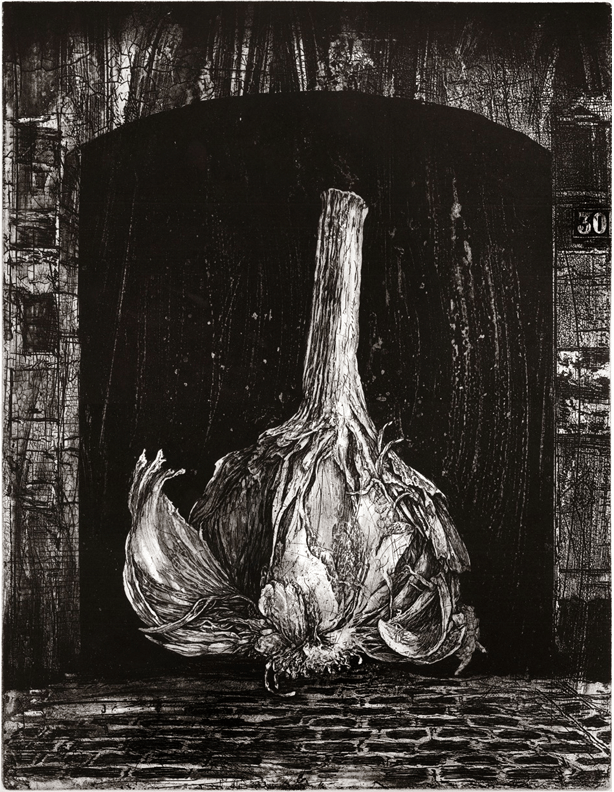Michael Goro
Michael Goro
Michael Goro was born in St. Petersburg, Russia where he received his B.A. in architecture. In 1990 he immigrated to Jerusalem, Israel where he discovered intaglio printmaking and began to use it as his main medium. In 1993 he moved to the U.S. and completed his education, receiving M.F.A. in printmaking at the University of Illinois at Urbana-Champaign and is currently Chairperson of the Graphics Department at the American Academy of Art in Chicago, where he has been developing the program and teaching in it for the past eight years. His works can be found in numerous private and public collections and have received a number of prestigious international awards in Japan, Korea, China, Europe and the USA. He describes his art as a “continuous creative search for raw authenticity in urban environments and human forms that are constantly changing.
The Images came out of the project that I was working on with my Paris dealer that resulted in two shows in Paris and Chicago. I was naming the prints with the names of the streets that inspired the imagery.
The idea for "L'éléphant de la Bastille" for example came form the actual statue of an elephant commissioned by Napoleon on La Place de la Bastille to commemorate his African adventures. In fact the statue as nice as it was was just a life-size maquette made out of plaster and wood. It was supposed to be eventually cast out of bronze. At some point it collapsed which infested Paris with rats that made their dwelling inside of it. I took this historic fact and gave it my own twist."
'The unexpected and the improbable suddenly appear in the solid and reassuring spaces of Michael Goro’s urban views. This incursion of the
unexpected destroys certitude and defies the rules of the urban landscape constructed with such convincing illusion. On the roof of an old city block appear two monumental bollards entwined with thick ropes whose ends are
cut off by the edge of the print. The viewer wonders where they might lead, or what is attached to them at the other end. The elegant balcony of a decaying old building is depicted with all the detail of its delicate moldings and fine cracks. But our attention is diverted by the window on which leans the “Belle Ferronnière”, that mysterious and charming lady painted by Leonardo da Vinci in the late 15th century. An enormous elephant with powerful tusks and a
great trunk advances his head in another print, but instead of the savannah or the tropical jungle what we glimpse behind him are the roofs of the
buildings of the place de la Bastille. Goro’s engraving combining a great variety of techniques and processes is of an extraordinary virtuosity, and recalls the work of some of the great printmakers of the past from Whistler to Chagall. The cropped composition of “Vanves Flea Market”, where antique objects are piled on a surface recalls Chagall’s table in “Dead Souls”. “Night Flight”, in which hot-air balloons fly over Paris also recalls the magical landscapes in
Chagall’s illustrations for Gogol’s masterpiece. But Goro’s work is not reducible to his extraordinary facility, the precision of his technique or his connection to past masters. His compositions in which cities, animals and objects meet in intriguing configurations give rise to a very personal Surrealism, which is both crazy and magical. We witness the sensibility of a wanderer and tale spinner, at home in all cities and continents yet rooted nowhere. A true child of our age'.
Michele Tavola, May 2012






